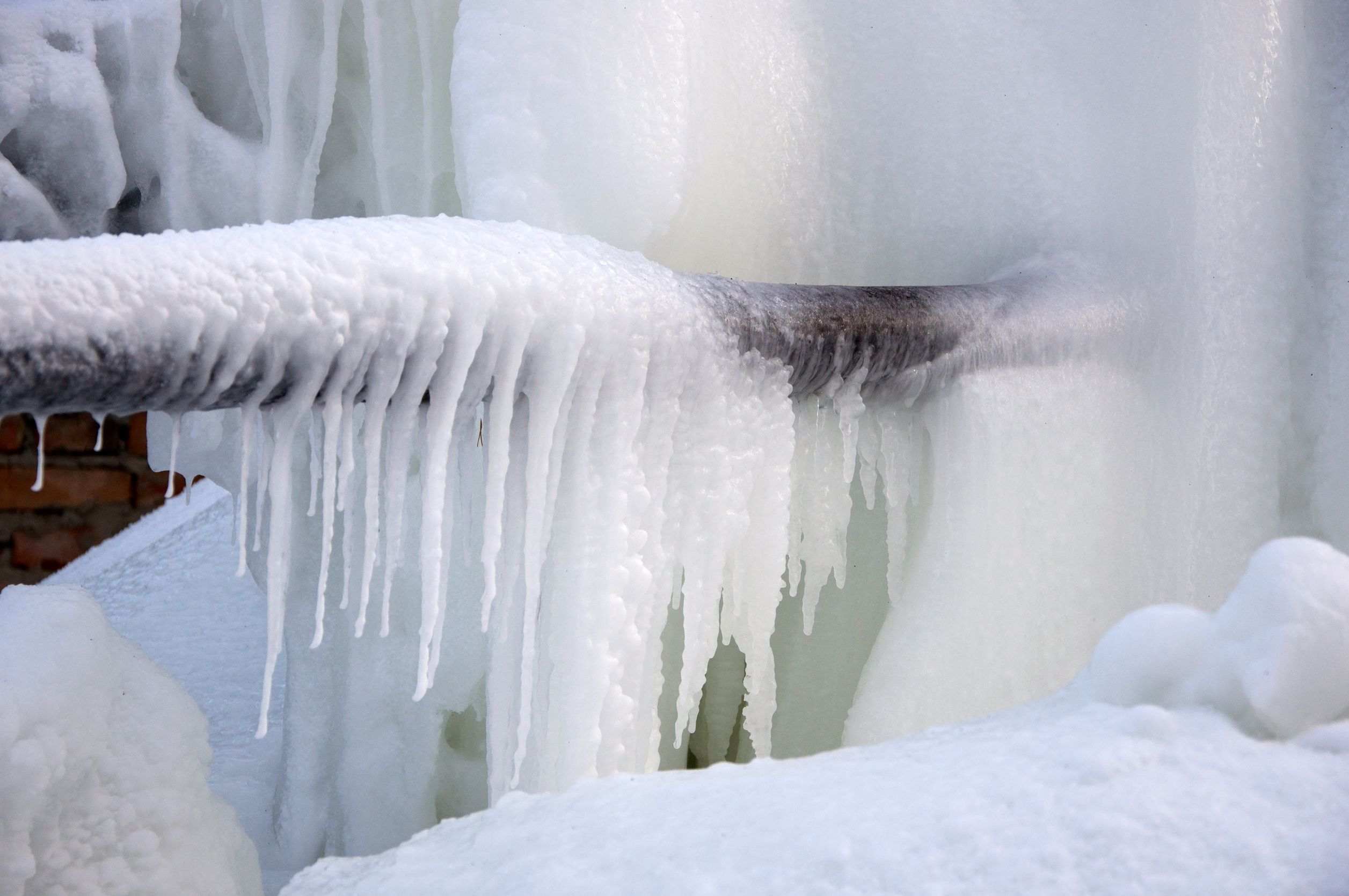How do you feel about Winter Plumbing Precautions: Preventing Frozen Pipes?

Cold weather can damage your plumbing, specifically by freezing pipes. Here's just how to avoid it from occurring and what to do if it does.
Intro
As temperature levels decrease, the danger of frozen pipelines rises, potentially resulting in costly fixings and water damage. Understanding just how to avoid frozen pipelines is important for homeowners in cool climates.
Avoidance Tips
Protecting vulnerable pipelines
Wrap pipelines in insulation sleeves or use heat tape to secure them from freezing temperatures. Focus on pipelines in unheated or exterior areas of the home.
Heating methods
Maintain interior spaces effectively warmed, specifically locations with pipes. Open cupboard doors to permit cozy air to flow around pipelines under sinks.
Just how to determine frozen pipes
Search for reduced water flow from taps, unusual odors or noises from pipes, and noticeable frost on revealed pipelines.
Long-Term Solutions
Structural adjustments
Consider rerouting pipelines far from exterior walls or unheated areas. Include additional insulation to attics, cellars, and crawl spaces.
Updating insulation
Purchase premium insulation for pipes, attic rooms, and walls. Proper insulation assists preserve regular temperature levels and reduces the threat of icy pipelines.
Securing Outside Plumbing
Garden tubes and exterior faucets
Detach and drain pipes yard hose pipes prior to winter. Set up frost-proof faucets or cover outdoor taps with protected caps.
Comprehending Icy Pipes
What causes pipelines to freeze?
Pipelines freeze when subjected to temperatures below 32 ° F (0 ° C) for expanded periods. As water inside the pipes freezes, it broadens, taxing the pipe walls and potentially triggering them to rupture.
Dangers and problems
Frozen pipelines can lead to water supply disruptions, building damage, and pricey repairs. Ruptured pipelines can flooding homes and trigger comprehensive structural damage.
Indicators of Frozen Piping
Identifying icy pipelines early can prevent them from bursting.
What to Do If Your Pipelines Freeze
Immediate actions to take
If you think frozen pipelines, maintain faucets open up to eliminate pressure as the ice thaws. Use a hairdryer or towels taken in hot water to thaw pipelines gradually.
Final thought
Preventing icy pipes calls for positive measures and quick feedbacks. By comprehending the causes, signs, and preventive measures, homeowners can secure their plumbing during winter.
6 Proven Ways to Prevent Frozen Pipes and Protect Your Home
Disconnect and Drain Garden Hoses
Before winter arrives, start by disconnecting your garden hoses and draining any remaining water. Close the shut-off valves that supply outdoor hose bibs and leave the outdoor faucet open to allow any residual water to drain. For extra protection, consider using faucet covers throughout the colder months. It’s also important to drain water from any sprinkler supply lines following the manufacturer’s directions.
Insulate Exposed Pipes
Insulating your pipes is an effective way to prevent freezing. Pipe insulation is readily available at home improvement stores and is relatively inexpensive. Pay close attention to pipes in unheated areas such as the attic, basement, crawl spaces, or garage. Apply foam insulation generously to create a buffer against the cold. You can also wrap your pipes in heat tape or thermostat-controlled heat cables for added warmth.
Seal Air Leaks
Inspect your home for any cracks or openings that could let in cold air. Seal any holes around the piping in interior or exterior walls, as well as the sill plates where your home rests on its foundation. Additionally, make sure to keep your garage door closed unless you’re entering or exiting. Leaving it open creates a significant air leak that can lead to frozen pipes.
Allow Warm Air Circulation
During cold snaps, it’s essential to allow warm air to circulate evenly throughout your home. Leave interior doors ajar to promote better airflow. Open kitchen and bathroom cabinets to help distribute heat consistently around the rooms. If you have small children or pets, be sure to remove any household chemicals or potentially harmful cleaners from open cabinets for safety.
Let Faucets Drip
A small trickle of water can make a big difference in preventing ice formation inside your pipes. When temperatures drop significantly, start a drip of water from all faucets served by exposed pipes. This continuous flow helps prevent the water from freezing. Additionally, running a few faucets slightly can relieve pressure inside the pipes, reducing the chances of a rupture if the water inside does freeze.
https://choateshvac.com/6-proven-ways-to-prevent-frozen-pipes-and-protect-your-home/

Do you like reading up on Prevent Frozen Pipes ? Leave a remark further down. We will be pleased to know your ideas about this posting. We hope to see you back again in the near future. Do you know somebody else who is occupied with the subject? Be sure share it. We enjoy reading our article about How to Prevent Your Pipes From Freezing.
Check It Out
 Alicia Silverstone Then & Now!
Alicia Silverstone Then & Now! Jonathan Lipnicki Then & Now!
Jonathan Lipnicki Then & Now! Michael Oliver Then & Now!
Michael Oliver Then & Now! Gia Lopez Then & Now!
Gia Lopez Then & Now! Bill Cosby Then & Now!
Bill Cosby Then & Now!